Lisbon's buses and trams have never been slower, with the Carris public transport company recording historically low speeds for the third consecutive year. The average speed of buses in 2024 was 13.7 km/h, and trams were even slower at 8.4 km/h. This decline is attributed to increasing car traffic in Greater Lisbon, which has surpassed pre-pandemic levels, leaving buses and trams stuck in traffic and dealing with illegal parking.
The issue has even made its way into election campaigns, as Lisbon aims to reduce car usage to 34% by 2030, a 26% drop from 2017 levels. The current BUS lane network in Lisbon spans only 75 km (7% of the road network), compared to Barcelona's 222 km (16%). Experts suggest that expanding BUS lanes and giving public transport priority at traffic lights could improve speeds.
 Avenida da Liberdade's BUS lane, showing the importance of dedicated lanes for efficient public transport. Photo: Inês Leote
Avenida da Liberdade's BUS lane, showing the importance of dedicated lanes for efficient public transport. Photo: Inês Leote
Key challenges include:
- Lack of physical segregation from other traffic
- Traffic light priority not consistently given to buses
- Obstructions like delivery vehicles using BUS lanes
Proposals to improve the situation include:
- Expanding the BUS lane network to 249 km, as suggested by the Livre party
- Installing physical barriers to prevent other vehicles from using BUS lanes
- Implementing smart traffic lights that prioritize public transport
 Proposed expansion of BUS lanes in Lisbon. Source: Livre
Proposed expansion of BUS lanes in Lisbon. Source: Livre
Without significant changes, Lisbon's public transport speeds are unlikely to improve, affecting thousands of daily commuters.



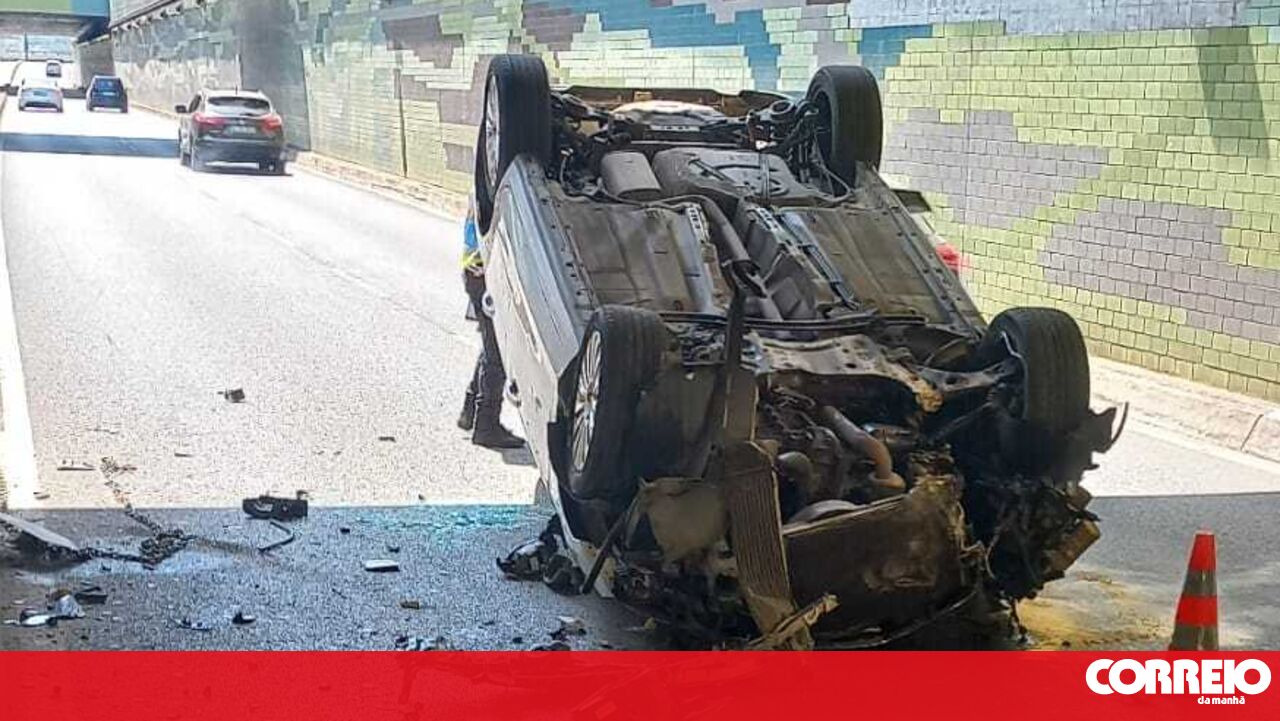






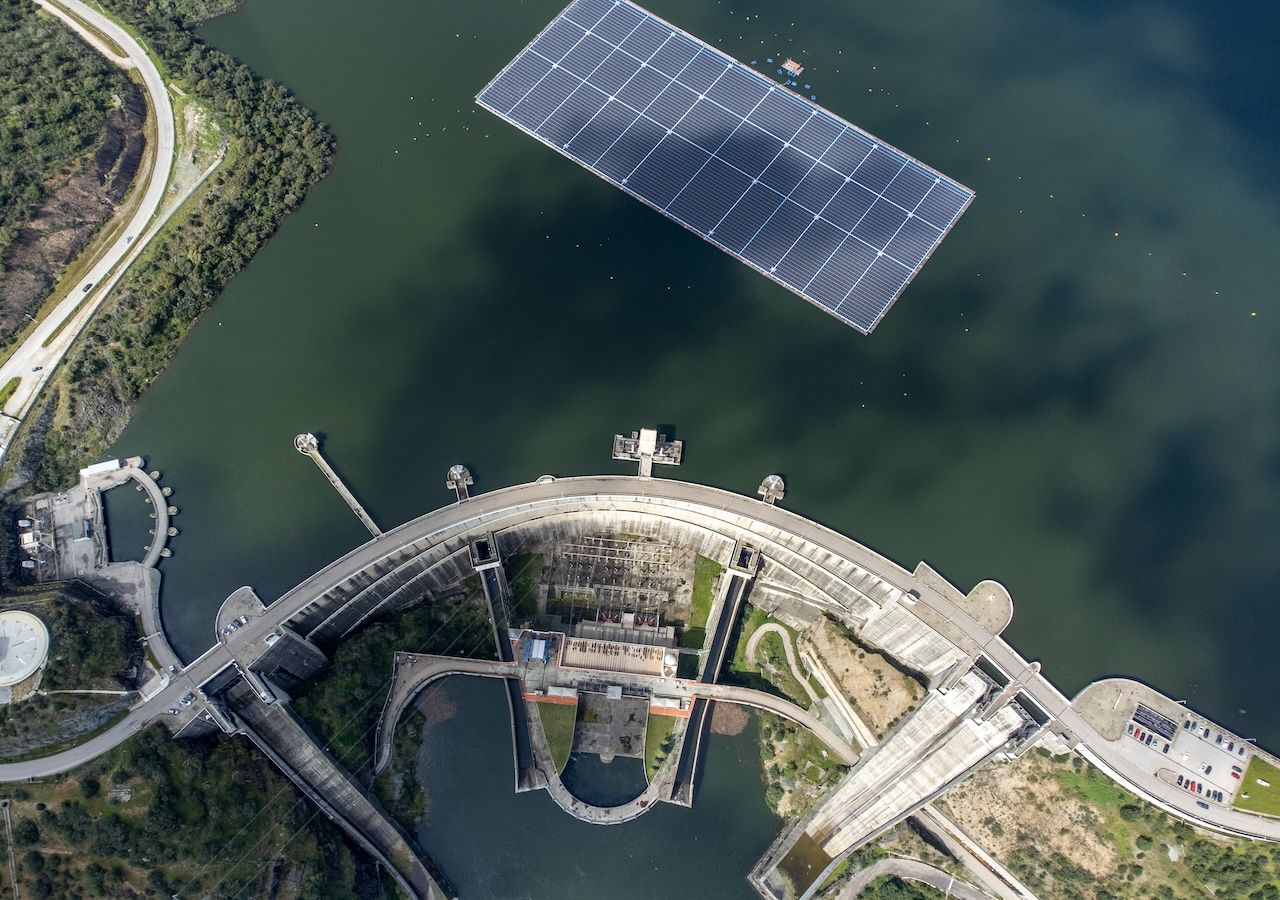

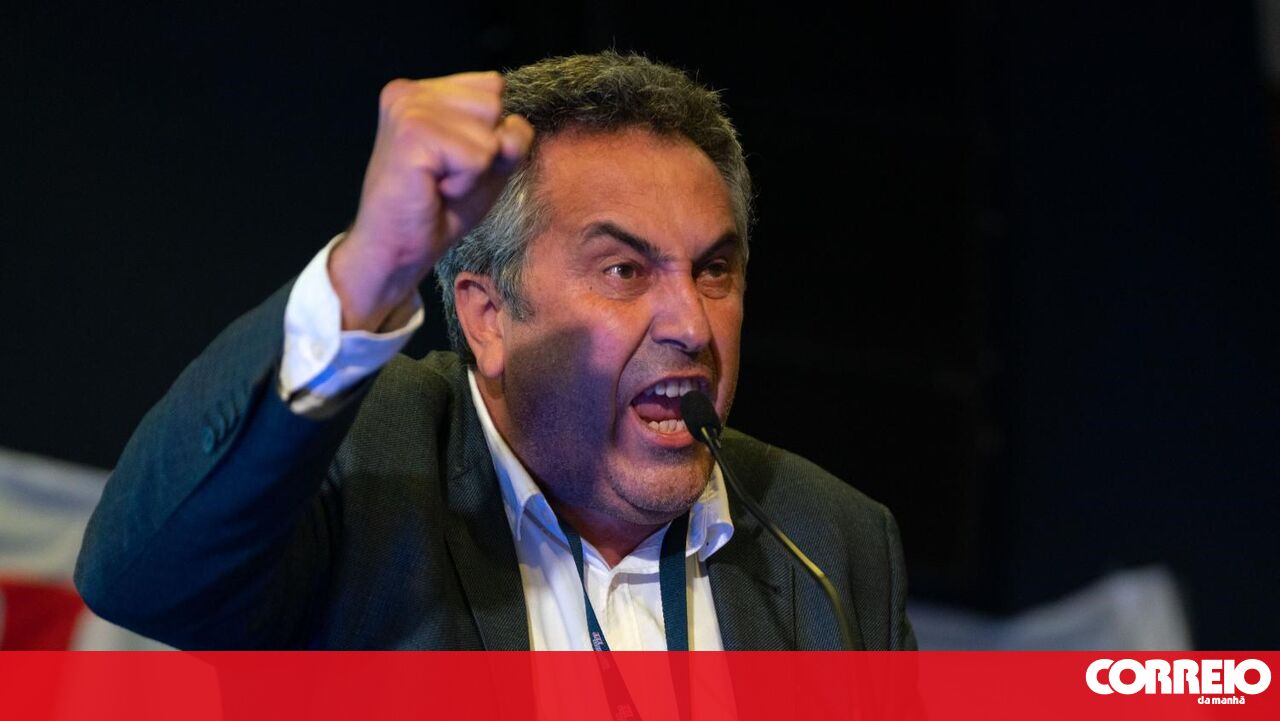





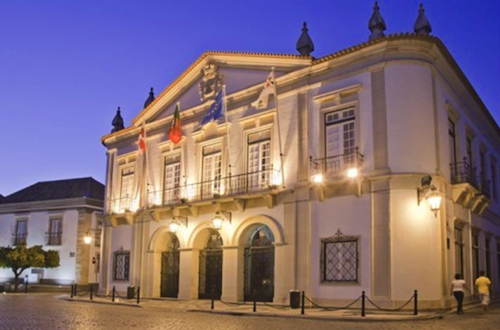











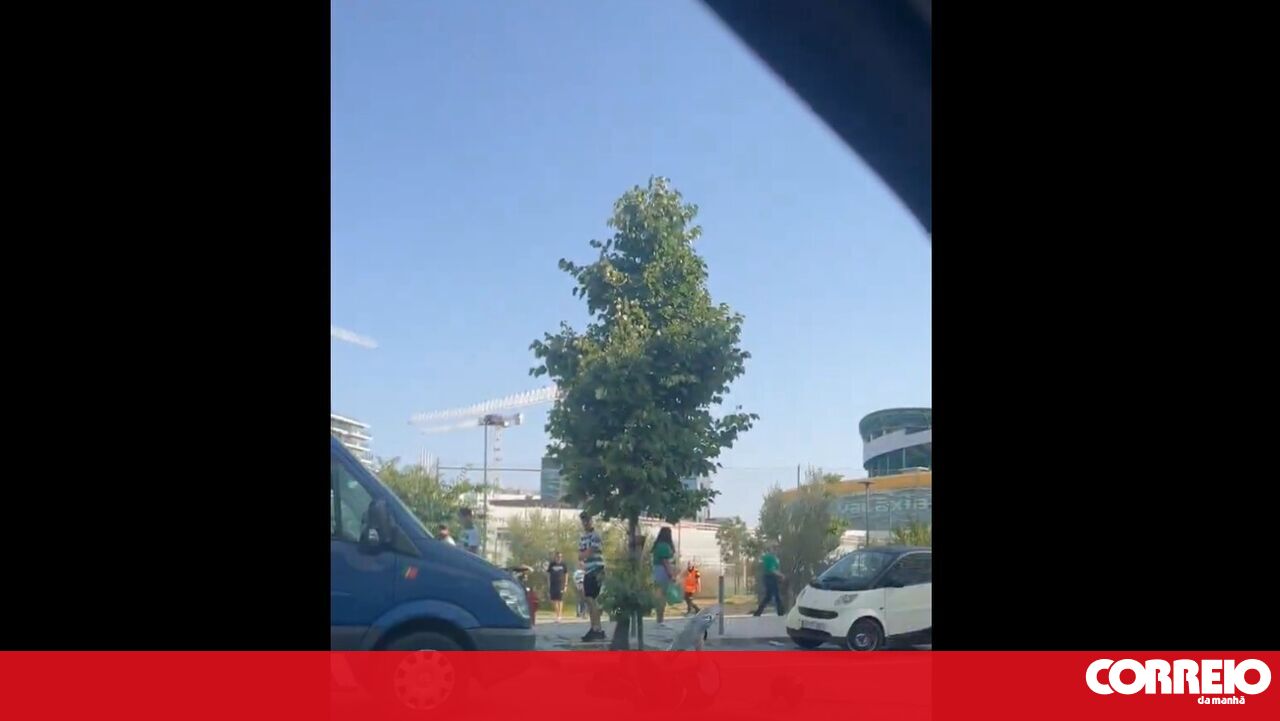


Comments
Join Our Community
Sign up to share your thoughts, engage with others, and become part of our growing community.
No comments yet
Be the first to share your thoughts and start the conversation!